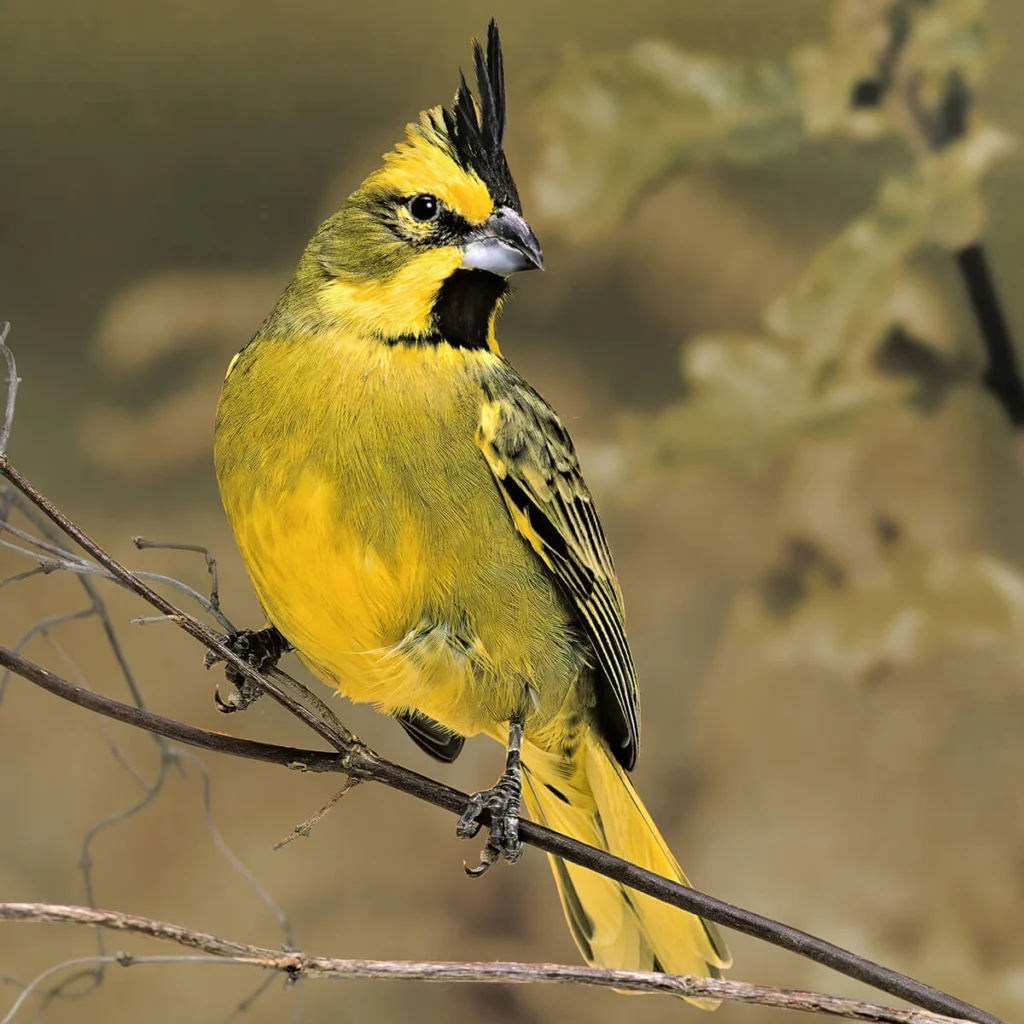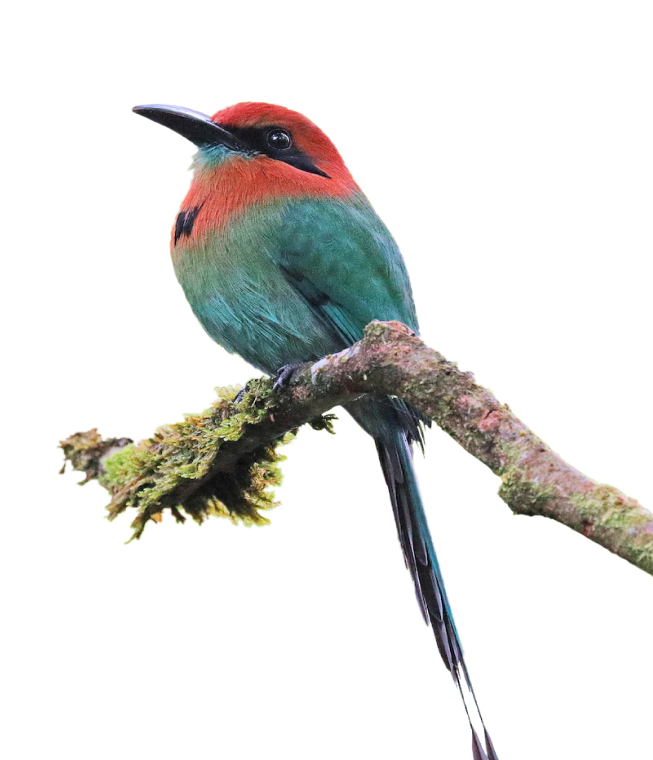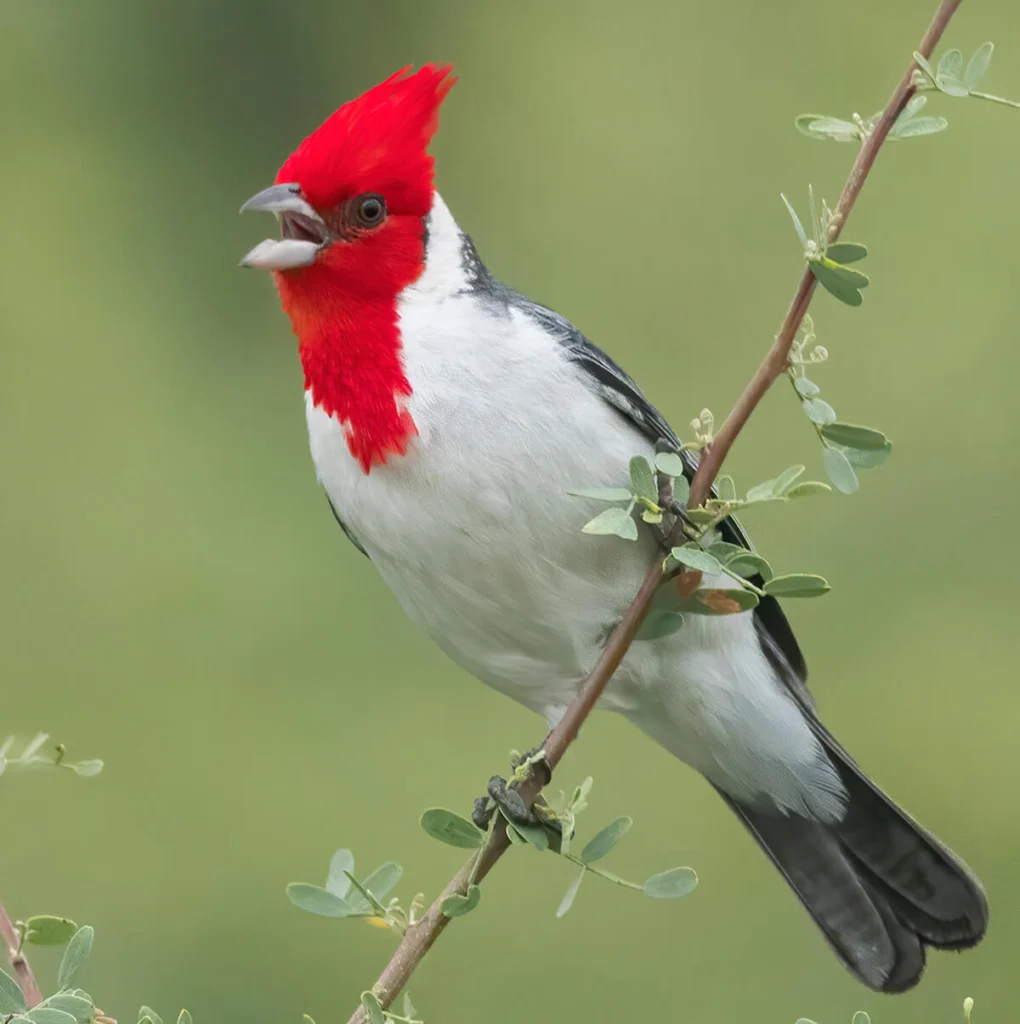The beautiful Yellow Cardinal is the only member of its genus, Gubernatrix (governess), a name based on the Latin word gubernare, which means to command or direct. This title is a nod to the Yellow Cardinal’s striking crest, which reminded taxonomists of the feathered and plumed hats worn by military commanders of that day.
Although the Yellow Cardinal may resemble an oddly-colored Northern Cardinal, it’s not closely related to that species. Like the Red-crested Cardinal, the Yellow Cardinal is not a cardinal at all; rather, it belongs to the huge Thraupidae (Tanagers and Allies) family of the Neotropics, the second-largest bird family in the world. This widely varied family contains over 385 bird species in more than 100 genera, including the Scarlet-breasted Dacnis and Golden-backed Mountain Tanager, as well as seedeaters, saltators, and the famous “Darwin’s” finches of the Galápagos Islands.
The Yellow Cardinal is a stunning bird, but its beauty has also made it a target of the illegal cage bird trade. Its numbers have dwindled to a population estimated at no more than 2,000 birds.





















